Tag: Featured
-
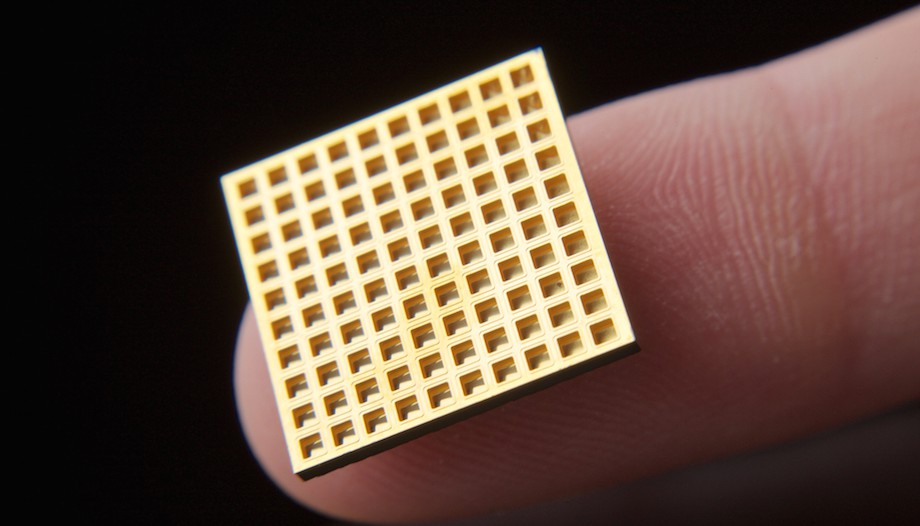
Long term drug delivery chip implant
MIT spinout Microchips Biotech and Teva are developing a long-term drug delivery chip implant. The microchip array can be implanted in the body and programmed to release controlled doses of drugs over months or years. Dosage or frequency can be changed wirelessly from an app. The company claims that the device can deliver medications for 16…
-
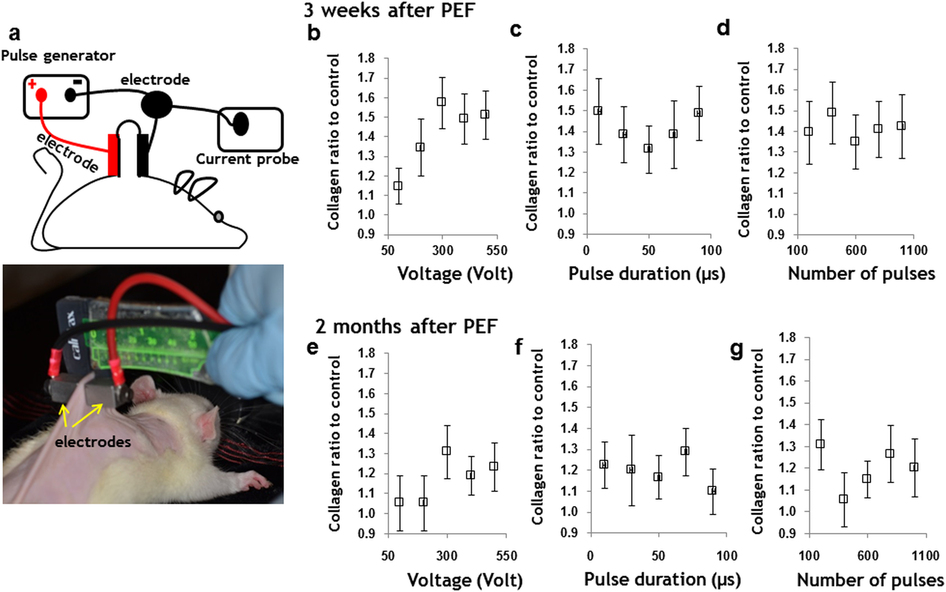
Electric fields induce nanoscale deficits to rejuvenate skin
Harvard and Tel Aviv University researchers have developed a non-invasive tissue stimulation technique, utilizing microsecond-pulsed, high-voltage, non-thermal electric fields, to produce scarless skin rejuvenation. Already effective in tumor removal and wound disinfection, the technique may revolutionize the treatment of degenerative skin diseases. Current skin therapies use physical and chemical methods to affect cells and the extracellular…
-

Reaction to smells, autism, linked
Weizmann Institute of Science researchers may have developed a test to detect autism based on a child’s reaction to smells. The study suggests that children with autism spectrum disorder don’t adjust their sniffing instinctively when they encounter pleasant or foul scents. 18 children with an autism diagnosis, and 18 typically developing children, were presented with pleasant…
-
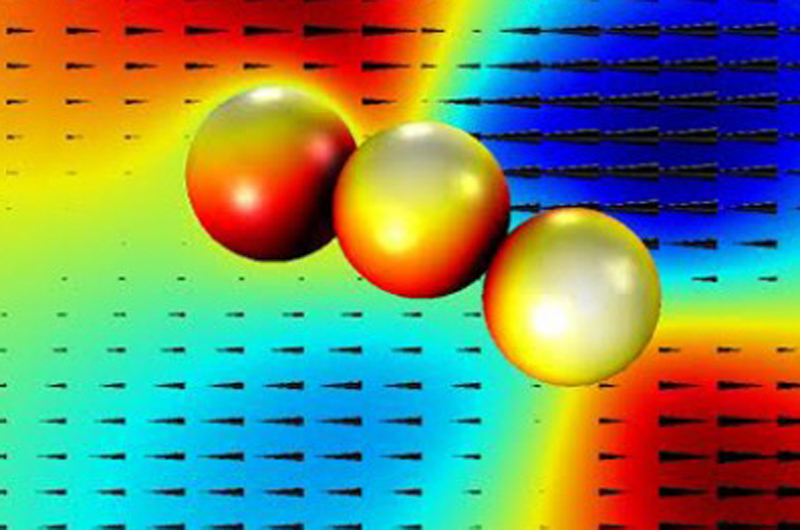
“Microswimmer” robots clear arteries intravenously
Drexel and Daegu Gyeongbuk Institute researchers are developing microscopic, magnetic, robotic beads that will allow physicians to clear blocked arteries intravenously. MinJun Kim leads the team investigating the chains of iron oxide beads, which are linked together via chemical bonds and magnetic force. The chains are small enough to navigate in the bloodstream, and are…
-
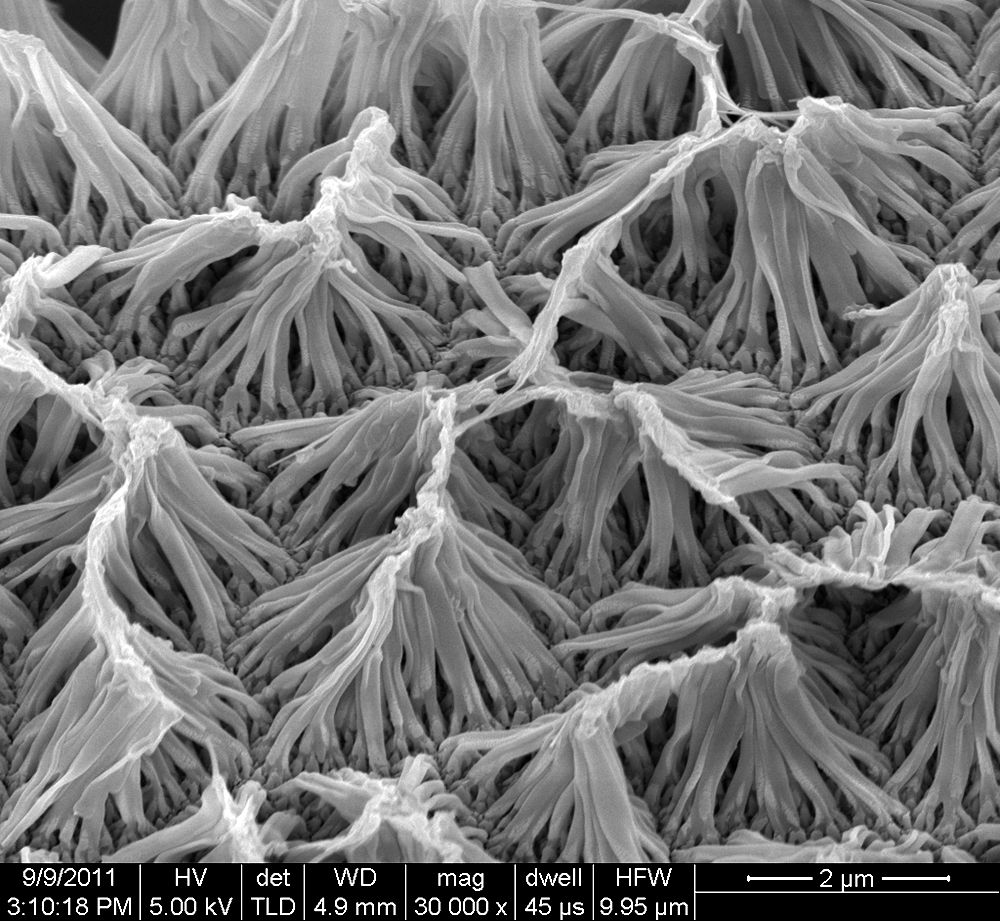
Remote controlled nanowire drug delivery
Purdue researchers have created an implantable drug-delivery system using nanowires that can be controlled wirelessly. The nanowires respond to an electromagnetic field generated by a device used to control the release of a preloaded drug. Tubes and wires required by other implantable devices are eliminated, minimizing the risk of infection and complications. According to lead…
-
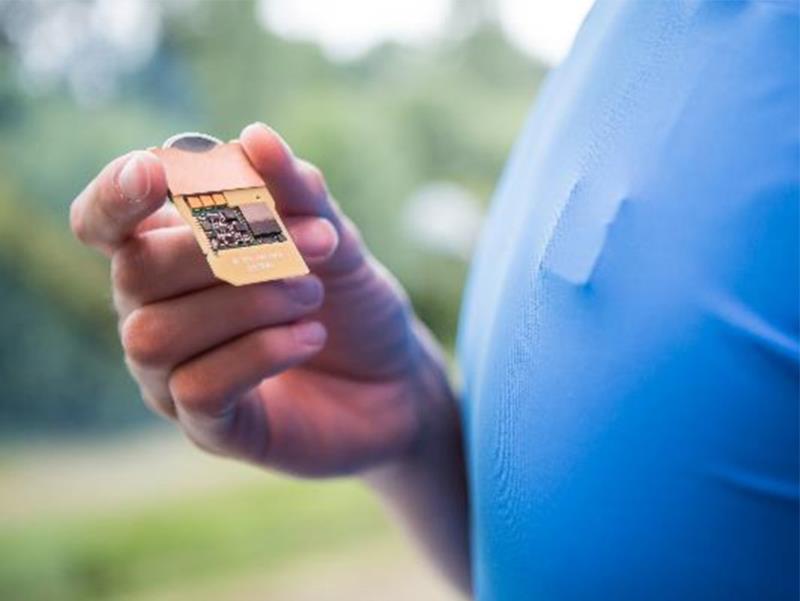
Heart monitoring t-shirt
Imec and Holst Centre researchers have developed a smart t-shirt that monitors heart rate, heart rate variability, activities performed and calories burned. The data is shared via the cloud to a user or doctor’s phone, tablet or computer. The fabric contains miniaturized electronic modules with high accuracy and ultra-low power multi-sensor data acquisition chips. Processing, battery…
-
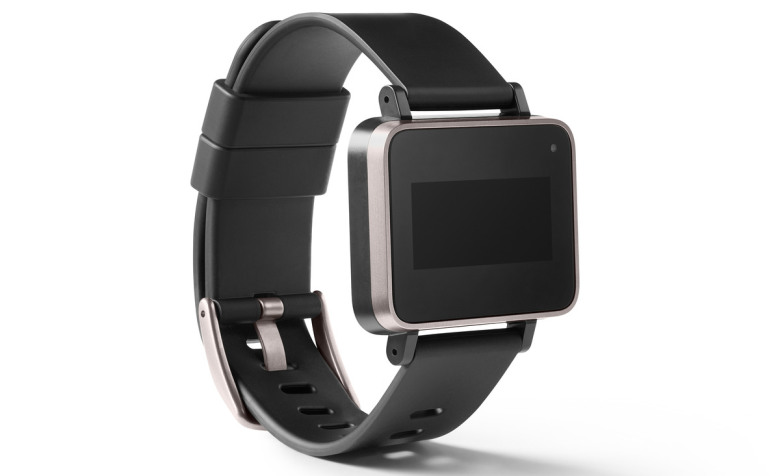
Clinical trial wearable by Google
Google X has built a clinical grade health wearable intended for use in clinical trials. It measures pulse, heart rhythm, skin temperature, light exposure, and noise levels. The device can collect trial data both inside and outside of the lab. Google’s life science head, Andrew Conrad, first described the wearable to Bloomberg this morning. The…
-
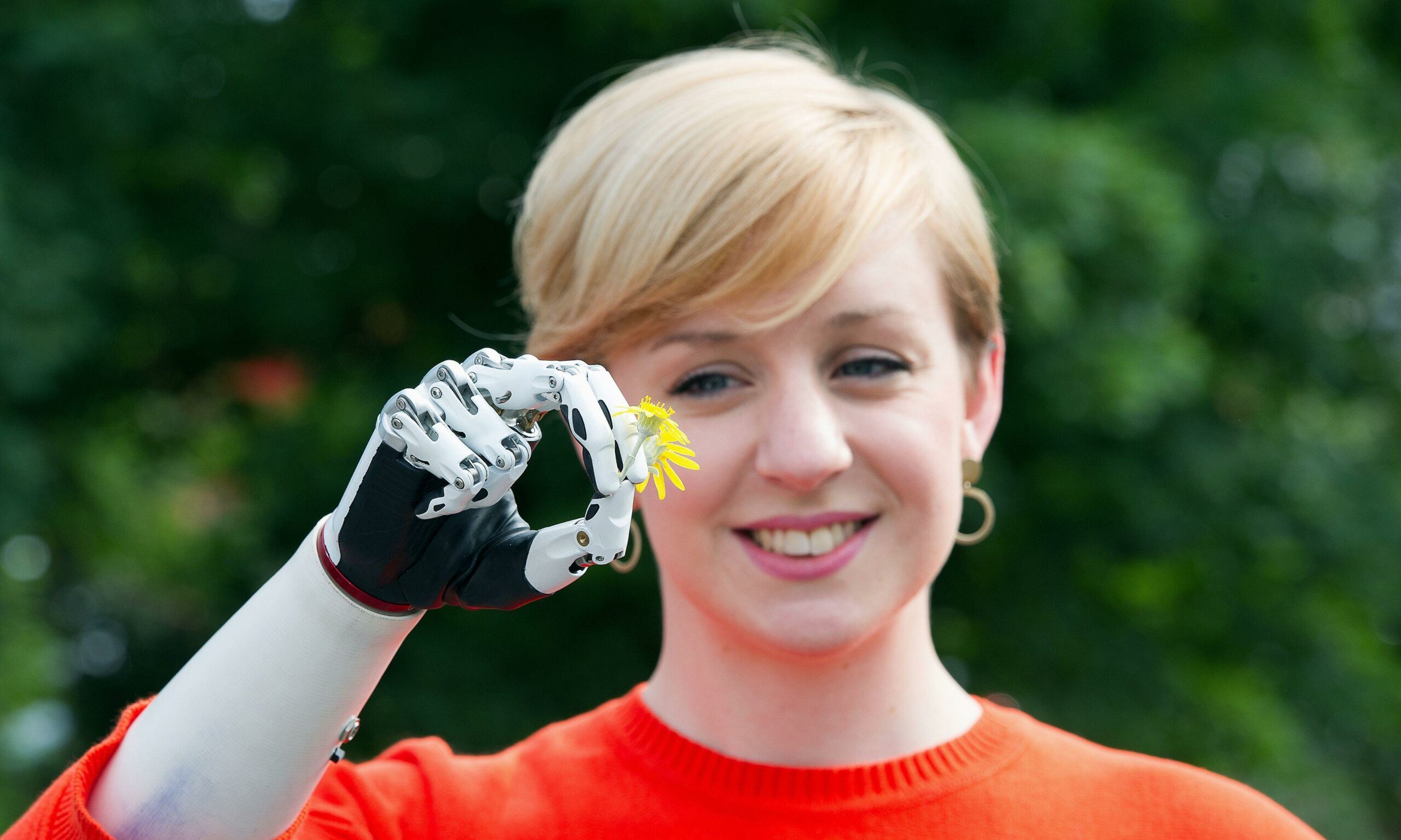
“Lifelike” bionic hand for women and teenagers
bebionic by steeper is a small, “lifelike” bionic hand created for women and teenagers. It is designed around an accurate skeletal structure with 337 mechanical parts. Its 14 grip patterns and hand positions mimic real hand functions. Its first user, Nicky Ashwell, was born with out a right hand. After being fitted with the prosthetic,…
-
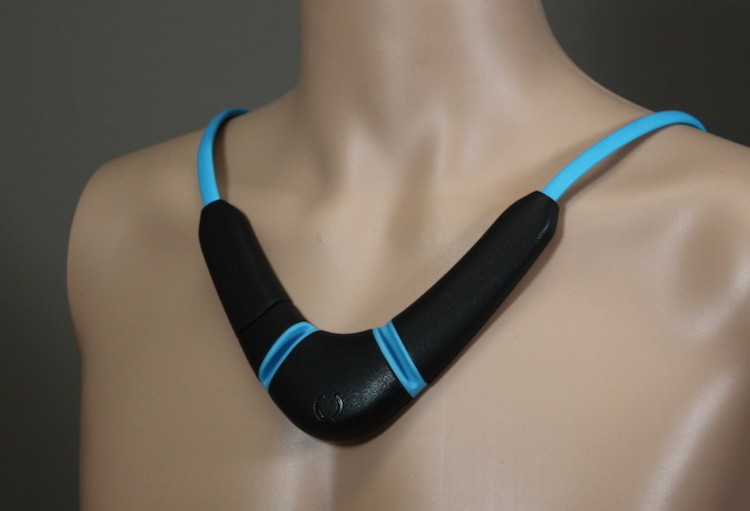
Necklace, scale, cuff to monitor vitals, help manage CHF
toSenses‘s CoVa necklace, and prototype floor pad and cuff/handle combination, measure pulse oximetry, heart rate, blood pressure, respiration rate and temperature. The various forms of monitoring are meant to improve compliance and ease of use. CoVa has received FDA clearance, and is primarily used as a congestive heart failure alert/management system. The scale-like pad uses bioimpedance…
-

Spoken sentences recreated from brain activity patterns
KIT‘s Tanja Schultz has reconstructed spoken sentences from brain activity patterns. Speech is produced in the cerebral cortex. Associated brain waves can be recorded with surface electrodes. Schultz reconstructed basic units, words, and complete sentences from brain waves, and generated corresponding text. This was achieved by a combination of advanced signal processing and automatic speech recognition.…
-
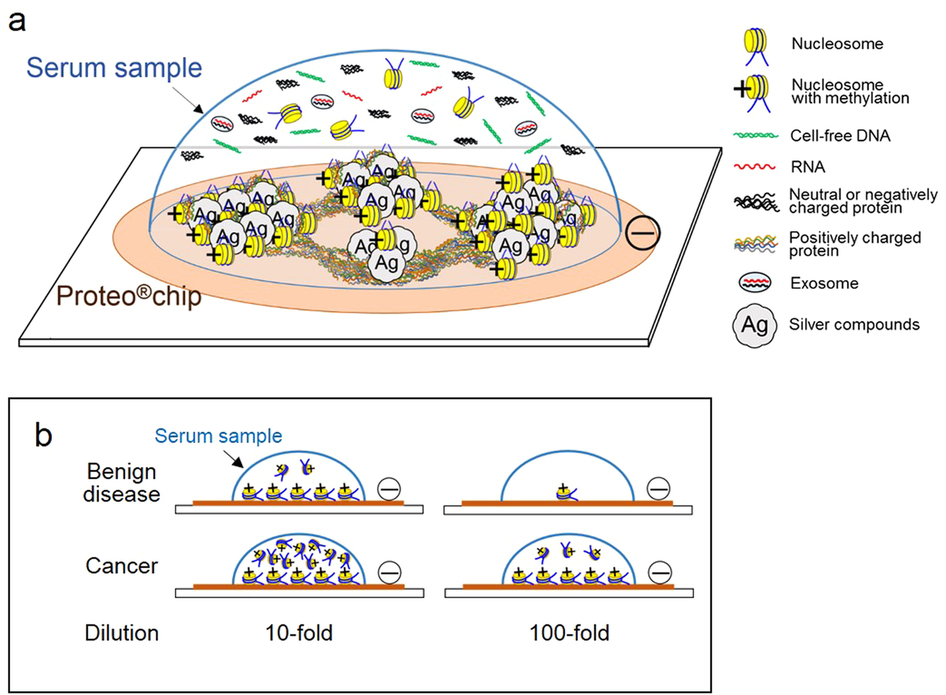
Chip detects cancer from a drop of blood
Showa University and My Tech have developed Proteo, a silver nanoscale chip that they claim detects most types of cancer from a drop of blood in three minutes. It functions by attracting a faintly luminous substance found in cancer patients, beginning at a very early stage. They have only studied 20 patients, but diagnosed whether a…
-
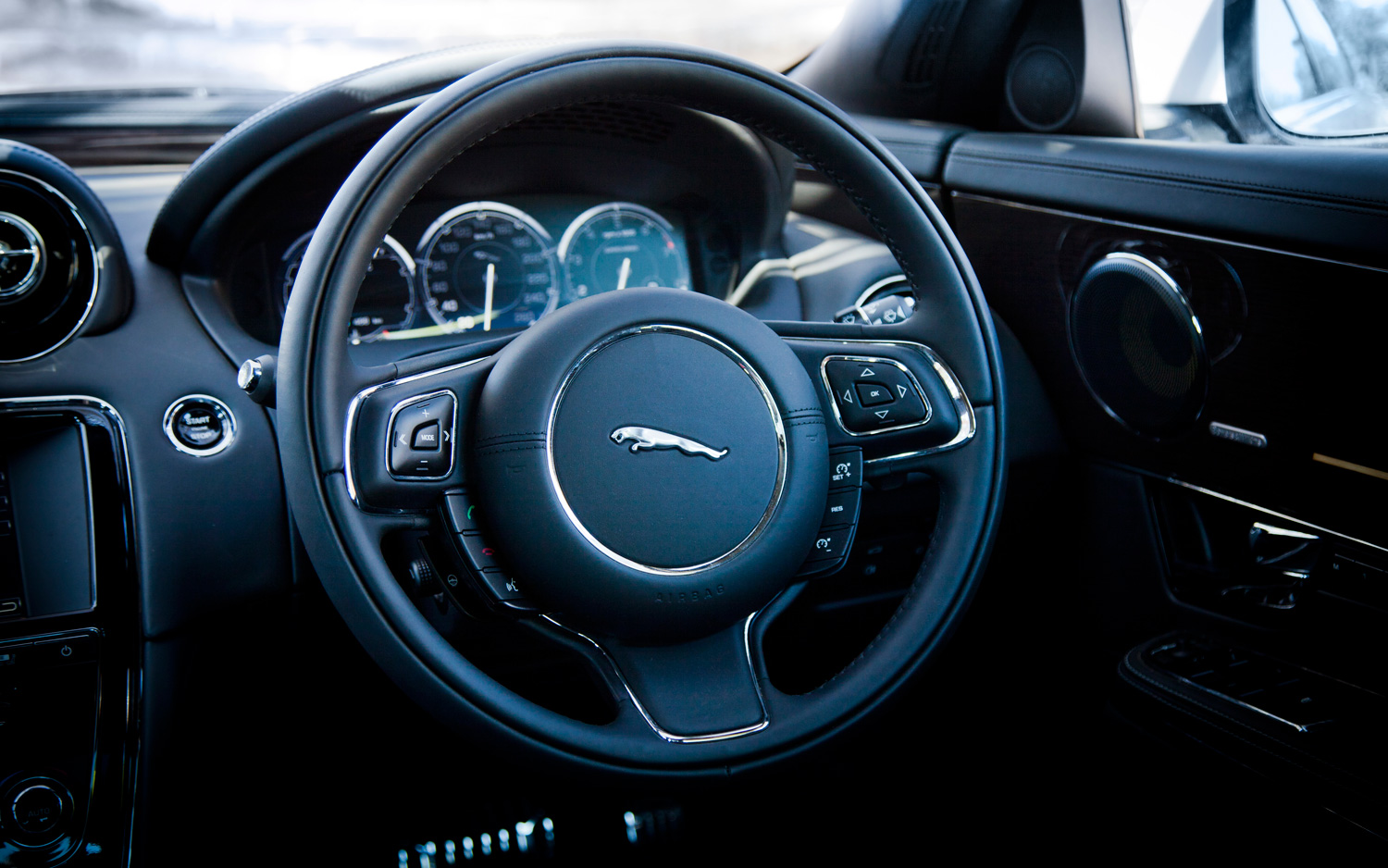
Car-based heart, brain activity monitoring
“Sixth Sense” by Jaguar/LandRover attempts to monitor a driver’s heart rate, respiration and brain activity to identify stress, fatigue and lack of concentration. The XJ “wellness seat” analyzes heart rate and breathing, has touchscreens that predict which button a user wants to press with fingers mid-air, and has a vibrating accelerator pedal that communicates hazards.…